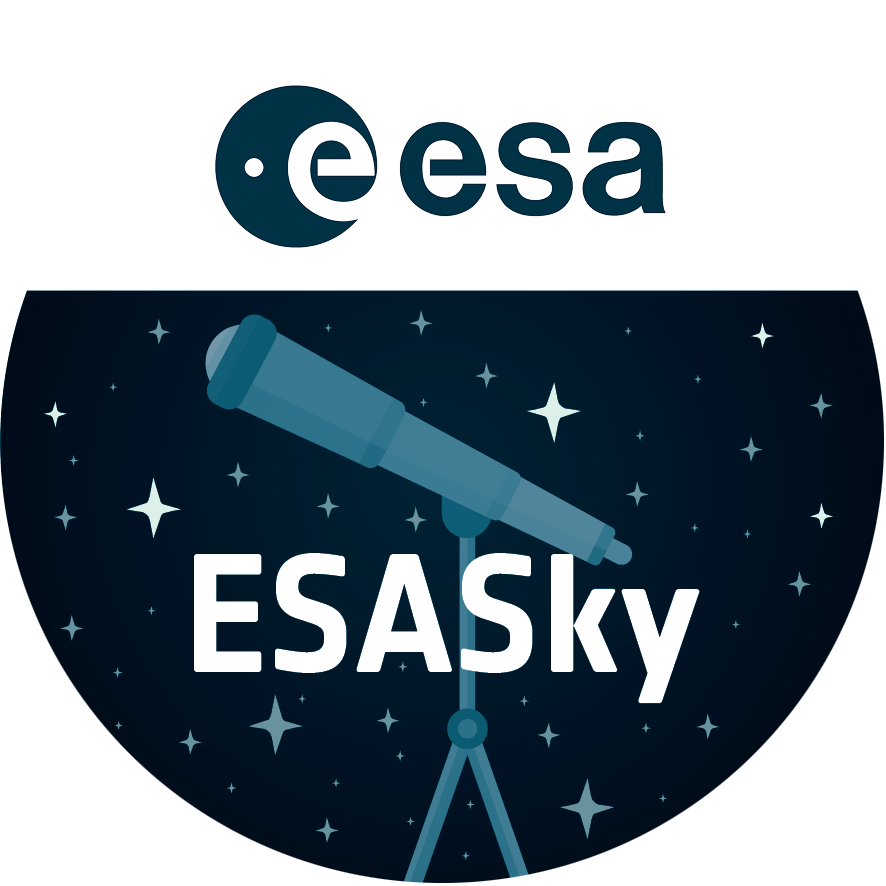SN 1987a in the Large Magellanic Cloud
Glittering stars and wisps of gas create a breathtaking backdrop for the self-destruction of a massive star, called supernova 1987A, in the Large Magellanic Cloud, a nearby galaxy. Astronomers in the Southern hemisphere witnessed the brilliant explosion of this star on Feb. 23, 1987.
Shown in this NASA/ESA Hubble Space Telescope image, the supernova remnant, surrounded by inner and outer rings of material, is set in a forest of ethereal, diffuse clouds of gas. This three-color image is composed of several pictures of the supernova and its neighboring region taken with the Wide Field and Planetary Camera 2in Sept. 1994, Feb. 1996 and July 1997.
Credit:About the Image
About the Object
| Name: | IRAS 05240-6948, Large Magellanic Cloud, LMC, SN 1987A |
|---|---|
| Type: | Local Universe : Star : Evolutionary Stage : Supernova |
| Distance: | 170000 light years |
| Constellation: | Dorado |
| Category: | Quasars and Black Holes Stars |
Coordinates
| Position (RA): | 5 35 31.96 |
|---|---|
| Position (Dec): | -69° 16' 4.22" |
| Field of view: | 3.75 x 3.77 arcminutes |
| Orientation: | North is 5.8° right of vertical |
Colours & filters
| Band | Wavelength | Telescope |
|---|---|---|
| Optical B | 439 nm |
Hubble Space Telescope
WFPC2 |
| Optical OIII | 502 nm |
Hubble Space Telescope
WFPC2 |
| Optical V | 555 nm |
Hubble Space Telescope
WFPC2 |
| Optical H-alpha | 656 nm |
Hubble Space Telescope
WFPC2 |
| Optical R | 675 nm |
Hubble Space Telescope
WFPC2 |


